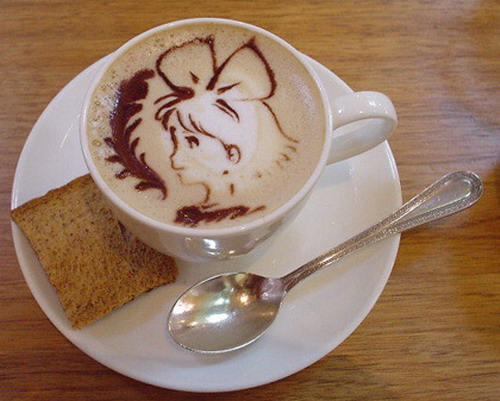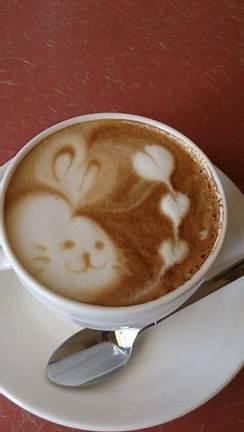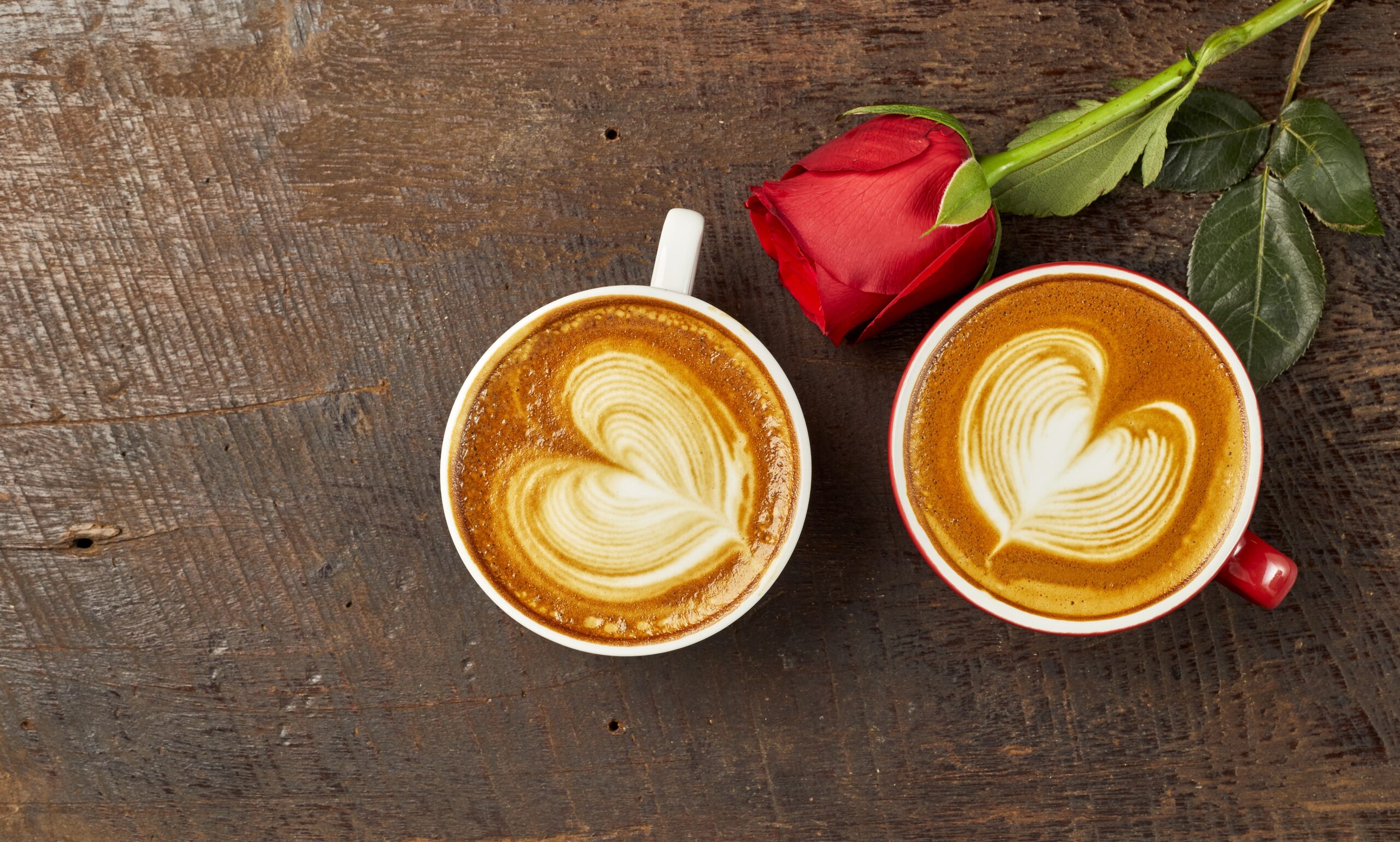A Journey Through the Mesmerizing World of Coffee Art!
Introduction to Coffee Art.
Coffee, that aromatic elixir cherished by millions worldwide! It certainly has transcended its role as a morning pick-me-up to become an artistic medium in its own right. The delicate intricate patterns etched on a steaming cup to intricate masterpieces painted with a skilled hand, coffee art has evolved into a captivating form of expression. Join us as we embark on a journey to explore the various types of coffee art and the fascinating techniques behind their creation.
Coffee Art Styles.
Latte Art: Latte art is perhaps the most well-known and widely practiced form of coffee art. It involves pouring steamed milk into a shot of espresso to create intricate designs atop the rich coffee canvas. Baristas skilfully manipulate the milk’s texture, temperature, and pouring technique to form patterns such as hearts, rosettas, tulips, and even more intricate designs like swans and peacocks. The key to achieving latte art lies in achieving the perfect balance between espresso and milk, as well as mastering the art of pouring with steady hands.



Coffee Bean Mosaics: For those who seek a more unconventional approach to coffee art, coffee bean mosaics offer a unique and visually striking medium. Using various shades of coffee beans, artists painstakingly arrange them to form intricate images, portraits, or abstract designs. The process involves sorting and selecting beans based on colour and size, then meticulously gluing them onto a canvas or a surface to bring the artwork to life. The result is a remarkable blend of texture, aroma, and visual appeal.
Coffee Painting: Coffee painting is a technique that uses coffee as a pigment instead of traditional watercolours or oils. By diluting coffee with water or adding it directly to paper or canvas, artists can create stunning monochromatic or sepia-toned works of art. This method allows for a range of tones, from light washes to bold, dark shades. Artists employ different brewing methods to achieve varying intensities of coffee, experimenting with espresso shots, instant coffee, or even coffee grounds mixed with water. Coffee painting offers a distinctive and earthy aesthetic to the artwork.
Coffee Stencils: Coffee stencils provide an easy and effective way to add flair to your favourite cup of joe. These stencils are typically made of food-grade materials and come in various designs, including shapes, quotes, and intricate patterns. To create coffee art with stencils, simply hold the stencil over the coffee’s surface and sprinkle cocoa powder, cinnamon, or coloured edible powders over the stencil. Carefully remove the stencil to reveal a beautiful design on the coffee’s foam. It’s an effortless yet delightful way to elevate your coffee experience.
The Best Milk is Important for Coffee Art!
When it comes to creating latte art, the type of milk you use can make a difference in achieving the desired results. Here are a few popular options:
- Whole Milk: Whole milk is commonly used for coffee art due to its higher fat content, which contributes to a creamy texture and allows for better control while steaming. The higher fat content helps create a more stable microfoam that is easier to work with when creating latte art designs.
- 2% or Reduced-Fat Milk: If you prefer a lighter option, you can use reduced-fat milk, such as 2% milk. It has a lower fat content than whole milk but can still produce decent results for latte art. It may require more attention and skill to achieve a smooth microfoam with sufficient texture for latte art.
- Non-Dairy Milk Alternatives: There is an increasing number of non-dairy milk alternatives available for those who are lactose intolerant or prefer plant-based options. Some popular choices for coffee art include soy milk, almond milk, oat milk, and coconut milk. These alternatives may require more practice to achieve the desired texture and consistency for latte art due to differences in protein and fat content.
Ultimately, the “best” milk for coffee art depends on personal preference and dietary restrictions. It’s recommended to experiment with different types of milk and find the one that suits your taste and allows you to create the latte art designs you desire.
Remember that achieving great latte art also depends on factors such as proper milk steaming techniques, quality espresso shots, and the skill of the barista. Practice and experimentation will help you develop your latte art skills regardless of the type of milk you choose to use.
Its Just Art so Create Your Dreams.
Coffee art has transformed the simple act of drinking coffee into an experience that stimulates multiple senses. Whether it’s the precise pouring of milk to form exquisite latte art or the delicate arrangement of coffee beans to create intricate mosaics, the possibilities for creativity with coffee are endless. From cafés to art galleries, these unique forms of coffee art have found their place in the hearts of coffee enthusiasts and art lovers alike. So the next time you savour your cup of coffee, take a moment to appreciate the artistry that can be found within its steamy depths.
Essential Coffee Art Equipment: Unleashing Your Inner Barista!
Coffee art, also known as latte art, has become a popular trend among coffee enthusiasts and baristas alike. It’s a skill that allows you to transform a regular cup of coffee into a beautiful and visually appealing masterpiece. While a steady hand and creativity are crucial for creating stunning designs, having the right coffee art equipment is equally important. In this blog post, we will explore the essential tools that can help you unleash your inner barista and take your coffee art to the next level.
- Espresso Machine: To create a canvas for your coffee art, you need a reliable espresso machine. This equipment is the heart of any coffee shop or enthusiast’s setup. Look for a quality espresso machine that offers consistent temperature control and pressure, as these factors significantly influence the taste and texture of the espresso base.
- Grinder: A burr grinder is an essential tool for achieving a consistent grind size. It allows you to adjust the coarseness of the coffee grounds to suit your preferred brewing method. Consistency in grind size ensures even extraction and enhances the flavours in your cup of coffee, providing a solid foundation for your latte art.
- Milk frother: To create the silky smooth microfoam necessary for latte art, you’ll need a milk frother. There are various options available, including manual frothers, handheld frothers, and automatic steam wands on espresso machines. Choose the one that suits your preferences and skill level. Remember, mastering the art of frothing milk is key to creating intricate designs.
- Milk Pitcher: A milk pitcher, also known as a latte art pitcher, is an important tool for pouring milk into your espresso. Opting for a stainless steel pitcher with a narrow spout is a wise choice as it provides better control over the pour. Aditionally this allows you to create intricate patterns with ease. Different sizes are available, but a 12-ounce pitcher is a good starting point.
- Art Pen or Etching Tools: To add finer details and definition to your coffee art, you can utilize an art pen or etching tools. These tools allow you to manipulate the foam and create intricate designs by drawing on the surface. They are particularly useful for creating hearts, flowers, and more intricate patterns.
- Latte Art Stencils: Latte art stencils are a fun and easy way to add flair to your creations. These thin, flexible templates come in various shapes and designs. Place the stencil over the cup and sprinkle cocoa powder or cinnamon to create beautiful patterns on the foam. Stencils are especially useful for beginners or those who want to add a quick decorative touch.
- Thermometer: Achieving the ideal temperature for both your espresso and milk is crucial in latte art. A thermometer helps you monitor the temperature accurately, ensuring consistent results every time. Look for a digital, probe-style thermometer that can be easily inserted into the milk pitcher or espresso shot.
Passion & Practice Make Perfect.
Becoming a skilled coffee artist requires a combination of practice, creativity, and the right tools. The equipment mentioned in this blog post forms the foundation of your coffee art journey. Invest in high-quality espresso machines, grinders, milk frothers, pitchers, and other tools to elevate your latte art skills. With dedication and a passion for creating visually stunning designs, you’ll soon be impressing friends, family, and customers with your coffee art prowess. So go ahead, unleash your inner barista and enjoy the delightful world of coffee art!
Author.
Brendon McAliece is a multi-lingual-expat who brings over three decades of flight simulator/PC building experience as well as over two decades of real world jet fighter experience as a weapons/egress technician. He holds a sport pilot certificate giving him real world flying experience. Hi travels have taken him from Europe to the Middle East, Asia and his home of Australia. He has a passion for travel, languages, Flight simulation as well as Guitaring and Coffee. You can read more in his blogs below.

Learn more @
DreamingGuitar.com – DreamingCoffee.com – LetsFlyVFR.com
Home – Blog – Shop – About
As an Amazon affiliate I may earn on qualifying sales.





